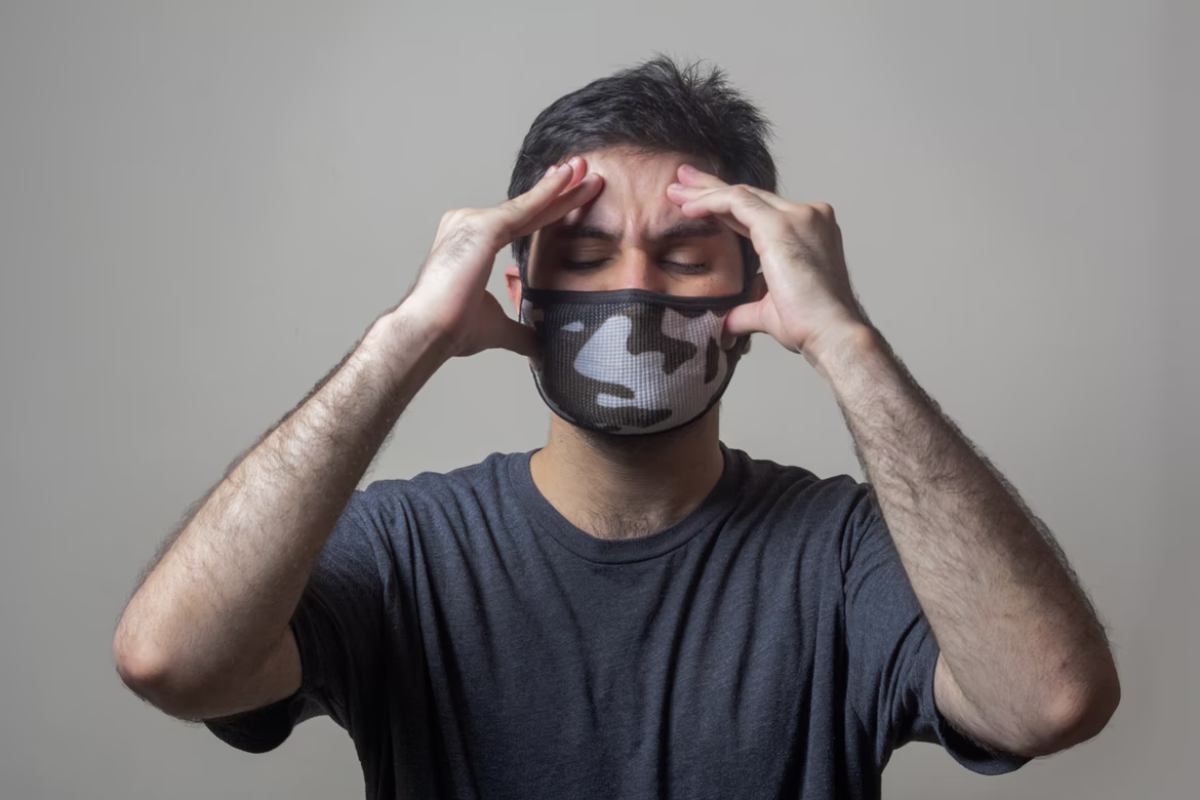Headaches are an extremely common ailment that most of us have dealt with before. Many people suffer from chronic headaches, and they can significantly interfere with daily life. There are many different kinds of headaches that have different causes, symptoms, and treatments. All headaches are either primary or secondary: Secondary headaches are caused by a separate medical issue, such as head injury, excessive drug use, blood vessel disease, infection, high blood pressure, etc. Primary headaches are not related to another condition, and fall into one of four categories:
- Tension headaches
- Migraines
- Hypnic headaches
- Cluster headaches
Each of these types of headaches can develop for different reasons and should be treated differently. Not all headaches will respond to the same treatment, and not all individuals with the same headache type will respond to the same treatment.It’s important to assess the underlying cause of the headache and consider personal medication response when choosing treatment strategies. Best practitioners at texasnerveandspine.com diagnose your headache type and will give you the treatment accordingly. If you are struggling to manage your headaches and migraines, it’s probably because you need to try an iv treatment for migraines. Tension headaches and migraines are the most common kinds of headaches and are often confused, so we’ll go over the key differences and best treatment options for each.
1. Tension Headaches
This is the most common type of headache and the one that we all have probably experienced at some point in our lives. Tension headaches consist of mild to moderate pressure and pain around the back of the head, the forehead, and the temples. They can last anywhere from under an hour to multiple days depending on the severity. Tension headaches can be triggered by neck and back strain from poor posture, eye strain, weather changes, depression, changes in sleeping patterns, emotional stress, alcohol use, and many other factors. These are the most effective treatments for this headache type:
- OTC painkillers: Medications like ibuprofen and aspirin are typically used to relieve pain from tension headaches. Be aware that this treatment, while usually immediately effective, does not address the headache trigger or cause.
- Muscle relaxants: Releasing tension in the muscles with medication is effective for relieving tension headache pain.
- Physical therapy: Medication is often not necessary to release tension in the muscles; this can be achieved by massaging key areas of the head, neck, or back, as well as stretching and practicing relaxation techniques.
- Stress management: Chronic tension headaches may be caused by stress, so developing strategies to lower stress levels and reduce muscle tension can minimize headache frequency.
2. Migraines
Migraines are the second most common headache type and often coexist with tension headaches. Tension headaches can transform into migraines and vice versa. So it can sometimes be difficult to tell the two apart. They also can be triggered by the same lifestyle factors. Migraines are typically differentiated from tension headaches based on severity or the presence of aura. Aura is a set of symptoms or experiences that indicate the onset of a migraine or may begin during a migraine. Not every individual with migraines experiences aura. Migraines are typically chronic and most people. Who suffer from migraines also have a family history of migraines. They are categorized by moderate to severe throbbing head pain that can last for several days. These are the best treatments for migraines:
- Use a cold or hot compress: This is a great natural pain reliever for migraines.
- Rest in a dark, quiet room: Reducing visual and auditory stimuli often reduces migraine severity.
- Massage key muscles: Similarly to tension headaches, releasing muscle tension and stress often reduces migraine pain.
- Tricyclic antidepressants: These are considered when the migraine may be related to depression.
- TMS: TMS or transcranial magnetic stimulation is an inpatient treatment administered in a clinic. In which magnetic pulses are transmitted onto the scalp in order to stimulate neurons in a specified area of the brain. This non-invasive treatment occurs 5 times a week for 2-3 weeks. And may offer long-term migraine relief even after the treatment period has concluded.








